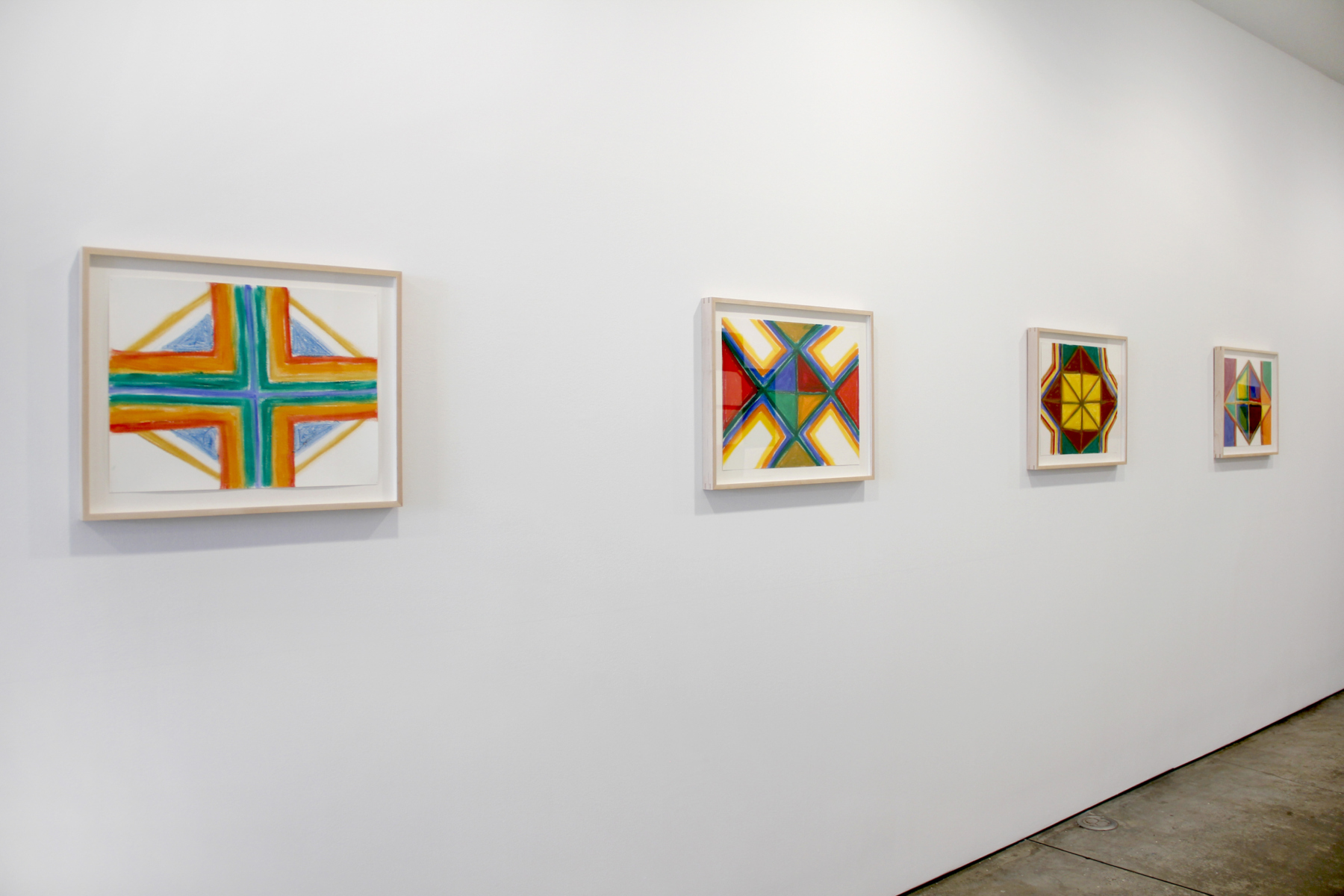Harriet Korman
Harriet Korman is a renowned artist known for her unique and innovative contributions to the field of contemporary art.
Biography of Harriet Korman
Harriet Korman was born in 1947 in Bridgeport, Connecticut, USA. After enrolling at the Skowhegan School of Painting and Sculpture and pursuing her Bachelor's degree at Queens College, Harriet Korman's artistic trajectory took a transformative turn in her final year. She came across the works of influential artists like Agnes Martin, Robert Ryman, and Lee Lozano. Their contemporary approaches and non-representational styles inspired Korman to delve into a new painting language, which emphasized process and innovation, unbound by the constraints of realistic observation or traditional norms.
Following her graduation, Harriet Korman embarked on an artistic journey that led her to share a studio in New York's Lower East Side with esteemed artists Gordon Matta-Clark and Charles Simonds.
In 1971, Korman's work was showcased at prominent institutions such as The Institute of Art and Urban Resources (now known as MoMA PS1) and the Guggenheim Museum, where she participated in the acclaimed exhibition "10 Young Artists – Theodoron Awards." The following years brought further recognition, including her inclusion in the Whitney Annual in 1972 and the Whitney Biennial in 1973. Additionally, Korman held a highly regarded solo exhibition at LoGiudice Gallery in 1972, solidifying her position as a prominent artist in the contemporary art scene.
Harriet Korman’s art style
Harriet Korman's artworks often navigate the delicate balance between fragmentation and wholeness, improvisation and structure. As her career progressed, Korman ventured into new artistic territories, exploring vibrant color palettes, embracing loose grids, and delving into geometries of interlocking shapes. She has also experimented with symmetrical subdivided formats, drawing inspiration from her meticulous drawings.
During the early phase of her artistic career, spanning from 1969 to 1975, Harriet Korman delved into the exploration of subtle gestural concerns and compositional methods that challenged the established norms of the modernist tradition. She employed predetermined processes of addition and subtraction and loose grid structures.
In her three solo exhibitions held in New York between 1972 and 1976, Korman predominantly presented paintings that exhibited a distinctive technique. She drew parallel lines, dots, dashes, or numbers using crayons. These markings were then covered with a layer of white gesso, a type of paint primer. Subsequently, Korman scraped and removed the gesso layer with emphatic, varying marks using a palette knife to bring together the two layers.
In 1976, Harriet Korman made a pivotal transition in her artistic practice by adopting oil paints, providing her with increased flexibility and versatility in her creative process. This marked a turning point in her work. During this period, Korman's artwork underwent notable transformations. Her paintings became imbued with vibrant and dynamic colors. The brushwork evolved into looser and more expressive wet-on-wet techniques, allowing for a greater sense of spontaneity and fluidity.
In her late-1980s-to-early-1990s paintings, Harriet Korman embarked on a stylistic journey that revisited and reimagined elements from her earlier works. Notably, she transformed her signature Minimalist grid, giving it a loose and tactile quality reminiscent of textile design.
From 1993 to 1996, Harriet Korman underwent a transformative phase in her artistic expression. During this period, her focus shifted to predominantly black, white, and gray canvases. These works featured askew grids and irregular, geometric "compartments" that housed a rich assortment of densely worked, calligraphic elements.
Line or Edge, Line or Color: New Paintings and Drawings
This body of work, which employs the geometry, order, and connections that have always attracted Harriet Korman, began with a series of colored oil stick drawings. Korman found that the nature of the oil stick, when combined with the use of paper towels to spread and manipulate the pigment, allowed her to create expansive areas of color and bold, substantial lines. The flexible and spontaneous process of drawing facilitated a dynamic interplay of shapes, divisions, and compositions that offered a broader range of artistic possibilities.

Contrasting with her earlier 2012 exhibition at Thomas Erben Gallery, which primarily focused on diagonal, horizontal, and vertical elements, Korman's recent works present various divisions, shapes, and organizational structures. In "Line or Edge, Line or Color: New Paintings and Drawings," Korman showcases her continued dedication to abstract expression.
Years:
Born in 1947
Country:
United States of America, New York City